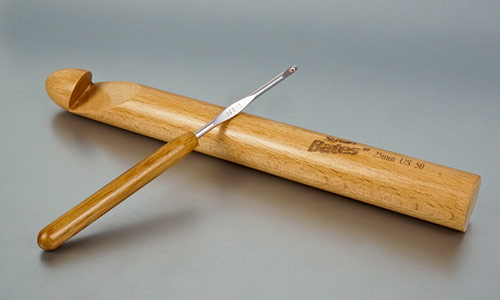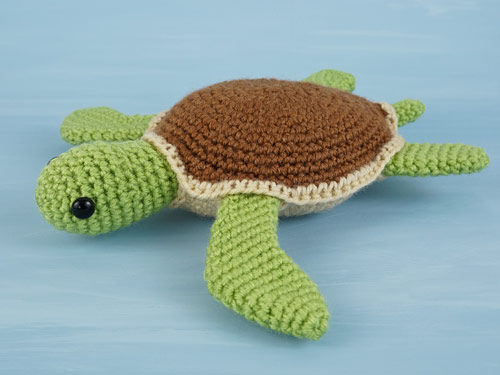
When I got this extreme crochet hook a few weeks ago, my first thought was to wonder if it’s possible to make an extreme amigurumi… That’s my new size 50 (25mm/1 inch) crochet hook, with a standard E US/3.5mm hook for comparison… I raided my stash for the thickest fuzzy yarns I could find, and […]


















